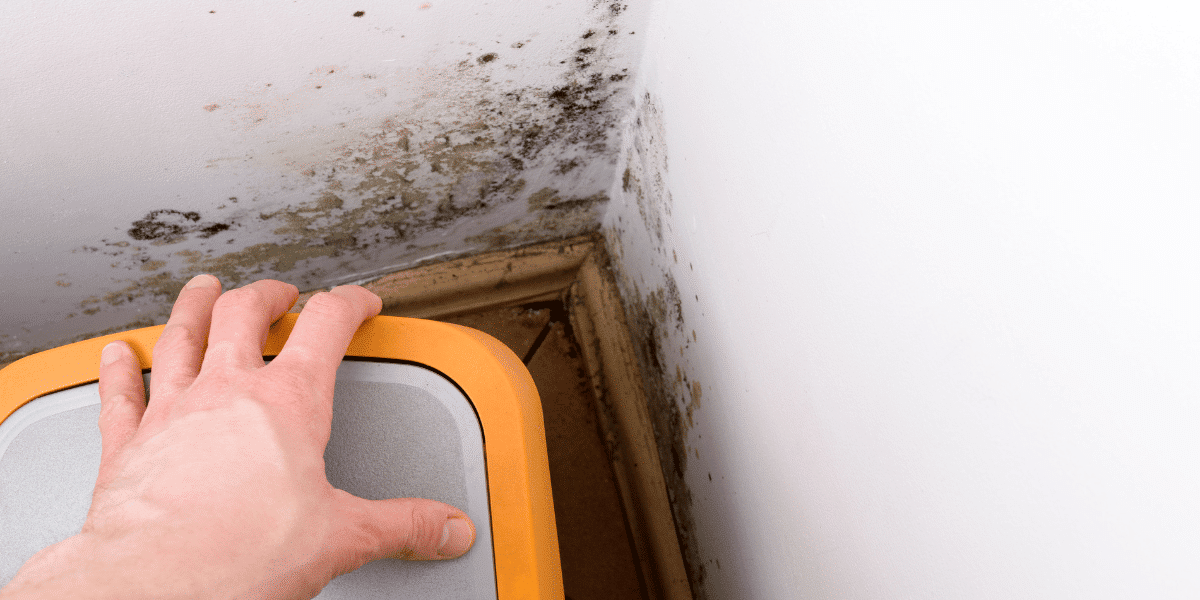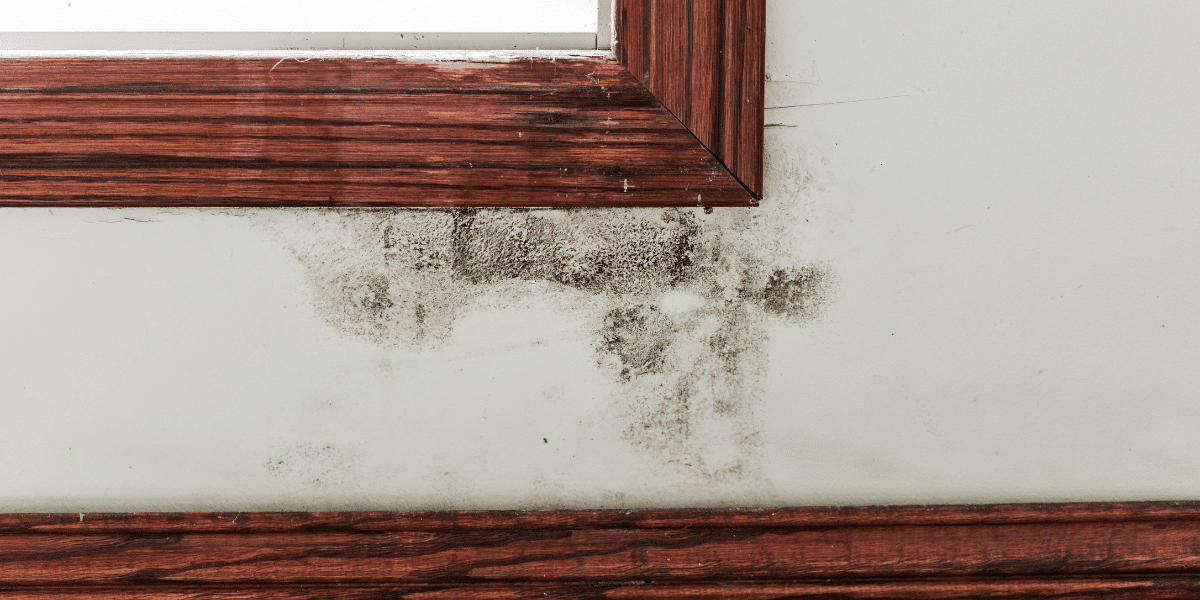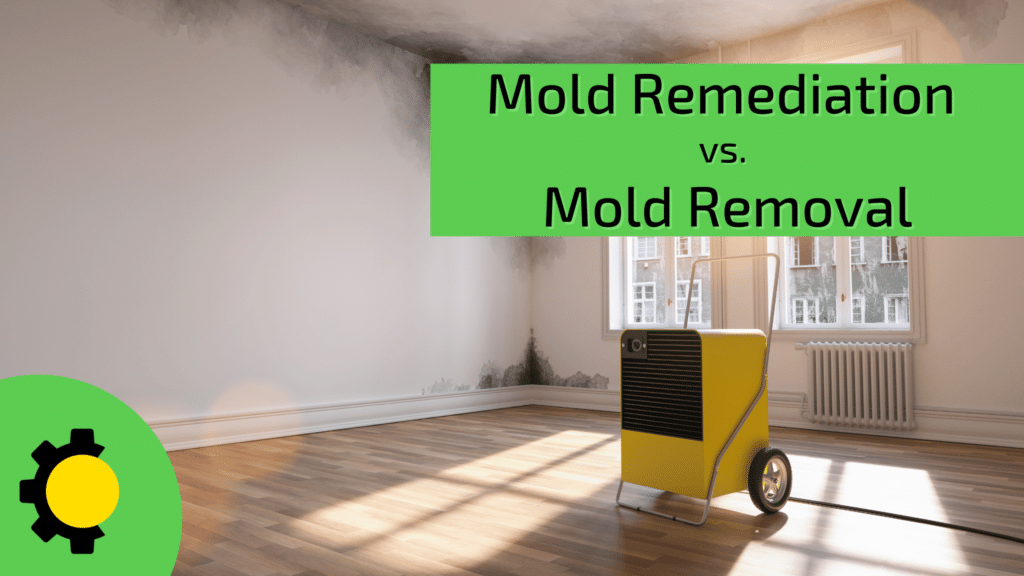Dealing with mildew issues is crucial for a healthy living environment. However, many people are left asking, “What is the difference between damage restoration and mildew removal?”
With that in mind, we’ll take a look at the key differences between these two terms. And we’ll help you understand why damage restoration is the comprehensive solution you need.
Understanding mildew removal
When it comes to mildew removal, the main goal is to get rid of visible mildew from surfaces. It involves steps to remove mildew colonies and prevent further growth. Some of the methods are scrubbing, wiping, vacuuming, and utilizing cleaning agents designed to effectively remove mildew.
During mildew removal, professionals clean and sanitize the affected areas and make sure no visible mildew is left behind. It’s essential for improving appearance and reducing the health risks of mildew exposure.
However, what’s important to remember is that mildew removal mostly targets visible growth. It doesn’t deal with the underlying issues of mildew growth. Without addressing those problems, you’re likely to deal with recurring mildew in the future.
There’s no doubt that mildew removal is necessary in fighting mildew issues as a whole. But unfortunately it’s only part of the solution. For a long-lasting mildew-free environment, you have to consider the broader scope of damage restoration.

Exploring damage restoration
Mold remediation is a comprehensive approach that goes beyond simple mildew removal. It uses a wider range of strategies that address the causes of mildew growth and prevent it from coming back. Let’s take a closer look at the key aspects of damage restoration:
- Thorough Assessment: It all starts with a detailed inspection and assessment of the affected area. This step identifies the extent of the problem, the type of mildew present, and what’s contributing to its growth.
- Moisture Source Identification and Repair: Moisture is a primary cause of mildew growth. Professionals address this by focusing on identifying and addressing the sources of moisture that fuel mildew. This can involve repairing leaks, improving drainage, fixing faulty plumbing, and resolving any ventilation issues.
- Containment and Removal: To prevent the spread of mildew spores, containment measures are used. These include sealing off the affected area, using negative air pressure systems, and proper ventilation. This makes sure mildew spores are contained and don’t contaminate other parts of the building. If it’s a severe case, affected materials might need to be removed.
- Cleaning and Sanitization: Besides removing the mildew, cleaning and sanitization are crucial steps in damage restoration. Specialized equipment and cleaning agents are used to eliminate any remaining mildew particles and inhibit their growth.
- Prevention Measures: Another essential step is implementing preventive measures to reduce the chance of mildew coming back. This can include improving ventilation, installing dehumidifiers, applying mildew-resistant coatings, and educating homeowners about proper maintenance practices.
By getting to the root causes of mildew growth, damage restoration provides a long-term solution and reduces the likelihood of mildew reappearing. It not only removes existing mildew but it creates an environment that’s inhospitable to mildew growth. It promotes a healthier and mildew-free home.
Key differences
Understanding the differences between removal and remediation is crucial for knowing how to deal with mildew issues. Let’s look at the differences between the two:
- Scope of Work: Mold removal is focused on the physical elimination of visible mildew growth from surfaces. It’s a reactive process that addresses an immediate problem. Mold remediation, however, is a more proactive and comprehensive approach. It’s not only about removing mildew, but finding and addressing the causes of it.
- Preventive Measures: By addressing the root causes, damage restoration creates an environment that isn’t hospitable to mildew growth. This reduces the likelihood of future mildew infestations.
- Long-Term Results: Mold remediation aims for long-term results. By tackling the root causes, it creates a healthier and mildew-free environment, minimizing the risk of mildew reoccurrence.
- Health and Safety Considerations: Mold remediation’s approach takes into account the potential health risks associated with mildew exposure. Through cleaning and sanitization, it reduces the risk of respiratory problems, allergies, and other health issues related to mildew.
- Professional Expertise: Mold removal can sometimes be a DIY task for small, localized areas. But damage restoration requires the expertise of trained professionals. They have the knowledge, experience, and equipment to do the job properly.
Now that you understand the differences, you can make an informed decision about how to approach your mildew problem.

Benefits of damage restoration
Mold remediation offers several benefits over standard mildew removal. Let’s look at the advantages of choosing damage restoration as your preferred approach:
- Property Protection: Mold can cause significant damage to buildings and belongings. By preventing mildew growth and addressing moisture-related issues, damage restoration helps protect your property.
- Cost Savings: While damage restoration may involve an upfront investment, it can lead to long-term cost savings. You can avoid the expenses associated with frequent mildew removal, property damage, and potential health issues.
- Professional Expertise: Mold remediation is carried out by trained professionals who have the knowledge to handle the complexities of the process. Their expertise ensures thorough assessment, effective remediation, and adherence to safety protocols.
Choosing damage restoration over simple mildew removal offers a comprehensive approach. One that creates a healthier, mildew-free environment while minimizing the risks and costs associated with mildew issues.
The bottom line
To create a healthier and mildew-free environment, it’s crucial to prioritize damage restoration. At Sunlight Contractors, we understand the importance of addressing mildew problems comprehensively. Allow us to assist you in tackling the underlying issues and providing long-lasting solutions.
If you’re facing a mildew problem, take proactive action today. Reach out to Sunlight Contractors, the experts in damage restoration. Our professionals will assess the situation, guide you through the process, and ensure a mildew-free future for your home or business.
Together, let’s conquer the mildew menace and enjoy a fresh, clean living space. Contact us now to reclaim your space from mildew and embrace a healthier lifestyle.

